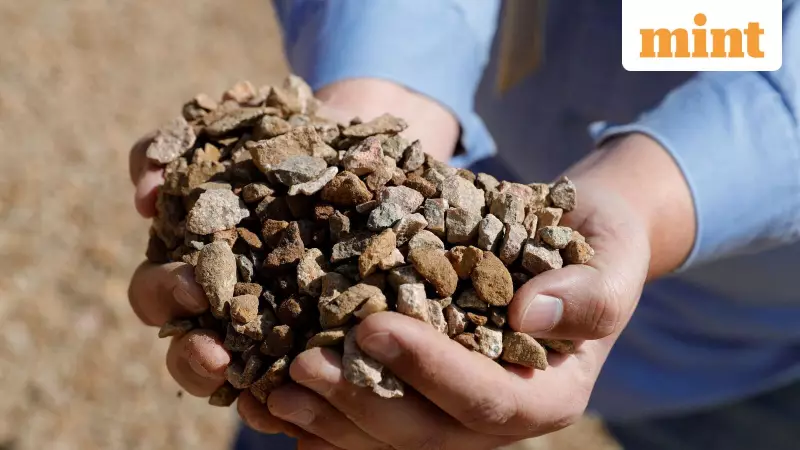
India Takes Crucial Step Toward Self-Reliance in Critical Minerals
The Indian government is poised to give final approval to a groundbreaking ₹7,300 crore production-linked incentive scheme for rare earth magnets, with cabinet clearance expected as early as next month. This strategic move marks a significant milestone in New Delhi's efforts to build domestic capabilities in manufacturing these critical components, currently dominated by China.
Global Supply Crisis Spurs Action
The initiative was conceived following a supply crisis earlier this year when China temporarily halted exports of these essential magnets, creating panic among manufacturers worldwide. Although the immediate supply constraints have eased, the episode served as a stark warning about the vulnerabilities in global supply chains and the urgent need for diversification.
The finance ministry's expenditure finance committee has already approved the proposal toward the end of October, according to two anonymous sources familiar with the matter. One official expressed confidence that cabinet approval would follow shortly, potentially by the end of the calendar year.
Building Domestic Manufacturing Capacity
The PLI scheme aims to establish an annual domestic manufacturing capacity of 6,000 metric tons of rare earth magnets by 2030. Manufacturers will receive financial incentives equivalent to 15% of their total investment, provided they commit a minimum investment of ₹200 crore per company. The support will cover both capital expenditure and operational expenses.
Several global and domestic entities have shown keen interest in participating, including Lynas, Iluka, Rainbow, JSW, and Bharat Forge. This demonstrates the industry's recognition of the strategic importance of developing domestic rare earth capabilities.
Addressing Growing Demand and Geopolitical Risks
India's demand for rare earth magnets is projected to surge from an estimated 4,000 tons in 2025 to approximately 15,000 tons by 2030. Currently, the country imports more than 90% of its magnet requirements, creating significant vulnerability to price shocks and supply disruptions.
Pratyush Sinha, Vice-President of Special Projects at Lohum Cleantech, emphasized the critical nature of this initiative. "Without a focused scheme, this dependence will only deepen, exposing Indian manufacturers to price shocks and supply disruptions," he stated.
In a concrete demonstration of commitment, NCR-based Lohum Cleantech recently announced plans to establish a ₹500 crore rare earth magnet manufacturing facility in Uttar Pradesh, targeting 2,000 tons annual capacity by FY28.
Environmental Challenges and Strategic Importance
While India possesses substantial rare earth resources—approximately 7.23 million metric tons of rare earth oxides concentrated in coastal states like Andhra Pradesh, Odisha, Kerala, and Tamil Nadu—building processing capacity remains challenging due to environmental concerns.
China achieved its dominant position over decades by tolerating the significant environmental impacts associated with rare earth processing. A 2014 analysis estimated that producing one ton of finished magnets could generate around 2,000 tons of toxic waste.
Abhay Tilak, Director of the Indian School of Political Economy, views the PLI scheme as a pivotal experiment. "The path ahead in India is uncharted. This scheme is likely to be a pilot to test the feasibility of a complete rare earth magnet supply chain in India," he observed.
The government has also advised the domestic automobile industry to explore alternatives to rare earth magnets as a long-term strategy, acknowledging persistent geopolitical risks in this critical sector.





